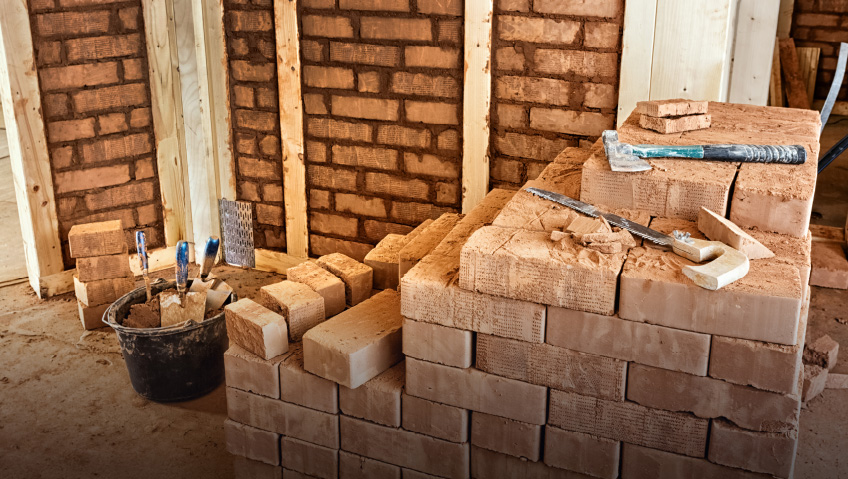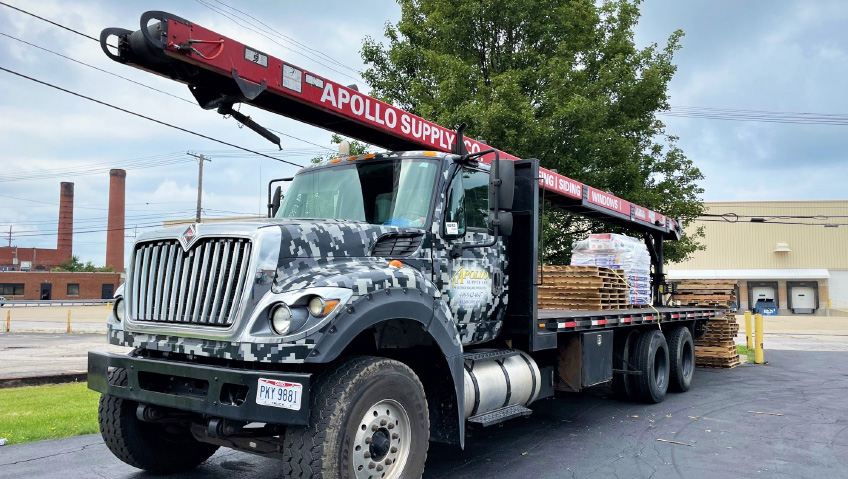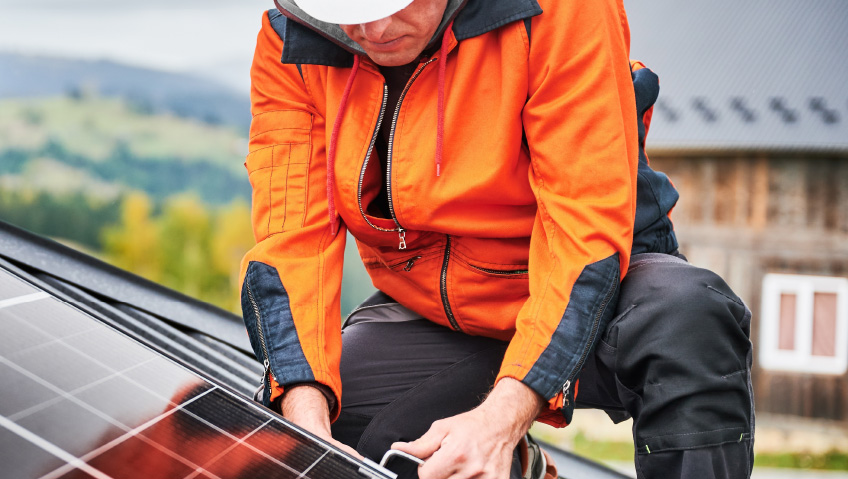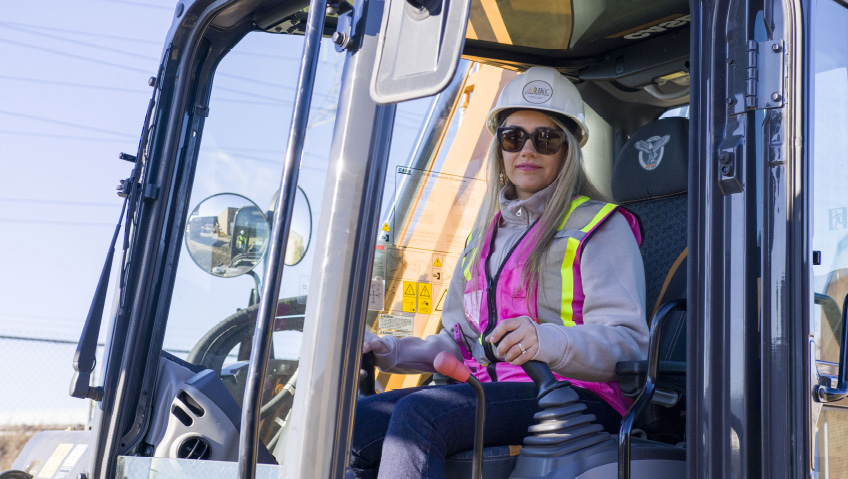Until the most recent technological boom, our elders reminded us that the more things change, the more they stay the same. For a while, I thought that the days of this old saying holding water were over, but alas, it looks like they are not. As climate concerns drive the need to work with nature rather than against her, innovators globally are devising brilliant ways of sequestering carbon in construction. Here, we look at carbon sequestration by including agricultural waste in bricks. Does it work, is it viable, and what is its lifespan?
As we all learned from the Three Little Pigs, building homes from sticks and straw without a team of professional engineers around to help find ways of making it last may be fun for a little while, but bricks still appear to better outlast the heavier onslaughts of nature in more straightforward design where extensive engineering is not an option. As creating sufficient housing has been a growing issue around the globe for decades, it is good to know that there are innovators out there looking to respond to the bigger picture with actionable plans that offer solutions to more issues than just putting roofs over populations’ heads.
A paper by Chrysanthos Maraveas published by the United States National Library of Medicine cites the world’s population in 2019 at 7.7 billion humans, predicted to increase by around 2 billion by 2050. With the heavy carbon dioxide and temperature load that cement fabrication add to already struggling ecological systems, housing and feeding 2 billion more people will significantly increase the pressure on existing systems even further.
While modern bricks contain similar ingredients as their ancient counterparts, they are much harder thanks to modern firing processes that, in tunnel kilns, are to be kept at a consistent temperature of 2000 degrees Fahrenheit, according to standards published by the United States Environmental Protection Agency. This was not always the case, of course. Traditionally, raw, sun-dried adobe brick was one material humans used to construct the earliest iterations of the modern home. According to PNAS.org research, the Spanish term “adobe” was originally derived from the Egyptian word “thobe” describing sun-baked mud bricks.
“Thobe” is believed to have found its way into Arabic, becoming “attob,” which eventually gave birth to what the English-speaking world also now knows as “adobe.” Today, the word can refer to a variety of building materials depending on who one speaks to. In modern terms, “adobe” often refers to sun-dried bricks made from a clay and straw mixture.
But even without the inclusion of plant material, or tempering as it is better known, this ancient method has proven to stand the test of time. According to PNAS.org, the oldest surviving adobe brick construction in Northern Peru’s Andes region dates back more than 5,100 years. Originally, such bricks are postulated to have been hewn from sediments created by natural weather events like El Niño. But there are more places on Earth where ancient earthen bricks can still be found today. According to a paper by Danny Rosenthal et al, mud bricks as old as 7,200 years are still visible in the Jordan Valley.
While modern bricks are far stronger and last much longer, mining the materials is not the only challenge facing ecosystems in light of growing populations. Increased agricultural waste and the unique problems it poses also become an undeniable challenge for the environment. As such, the possibility of including such waste in building materials commercially on a global scale appears to have been around for decades, with scientists testing natural fibres and their viability for inclusion in this industry.
One engineer, however, has beaten many to the prize. Tarun Jami, an engineer from the Indian subcontinent—one of the world’s largest brick exporters—made headlines with an innovation in what his company calls bio-bricks. The product, fabricated by GreenJams in Visakhapatnam in Andhra Pradesh on the country’s southeast coast, claims to be “the world’s first carbon-negative brick.” Containing low-carbon minerals that chemically bind refined plant matter to concrete, these engineered bricks are made from a high percentage of leftover plant matter gathered from harvested corn, rice, sugar cane, and other crops. They also contain metal slag and fly ash produced by mining processes.
GreenJams claims that these bricks have helped sequester around 130 tons of carbon dioxide over the past four years since the company’s inception as, according to the product’s developers, the mineral bonding process prevents CO2 from being released into the atmosphere once it is captured in the Agrocrete® building blocks. These greenhouse gases would otherwise have been released into Delhi’s already heavily polluted atmosphere when farmers set dried fields alight during the colder months in preparation for the next sowing season. (The resulting smog is such that it can be viewed from outer space according to one report by UrbanSkyPictures.) In addition, the bricks’ fire resistance is such that the company constructed a furnace from the product that lasted well over a year.
Its maker claims that Agrocrete® prevents each home from releasing around eight kilograms of carbon dioxide into the atmosphere annually through optimized building performance alone. In addition, the company claims that the material sequesters 33 kilograms of carbon dioxide per square meter of built wall. Further positive attributes include being faster and cheaper to build with, as each brick matches the volume of around eight to nine standard bricks.
They are also comparatively light and easy to work with, and builders report that they need less mortar when building with Agrocrete®. In addition, they claim premium insulation properties over ordinary bricks. Thanks to all these attributes, one news article by Better India from 2021 claimed that these bio-bricks can reduce building costs by as much as half. In the process, advocates of the product maintain that it also helps to reduce mining as it demands a lower ratio of virgin materials.
Products like Agrocrete® therefore stand to contribute significantly to building better. In a paper shared on nature.com, G. Nakkeeran et al suggest that the reduction in carbon emissions through the production and adoption of bio-bricks in general can support the goals of the Paris Agreement, whereby international industry aims to prevent the escalation of global temperatures. The authors also point out that micro-aggregates of agricultural waste like peanut shells can be applied in many more building materials than just bricks. As such, the possibility exists for their use in insulation, cement, wall panels, and more.
Considering the urgency of keeping growing volumes of agricultural waste out of the atmosphere via natural decay and burning—while also keeping it out of landfills, which comes with its own challenges—concepts like GreenJams’ bio-bricks are viable possibilities as long as the science remains sturdy. Further considering that, at this stage, all its ingredients appear eco-friendly, the eventual product breakdown of GreenJams’ long-lasting bricks seems to be benign to the environment, unlike bricks aiming to help the environment while containing plastics. As these can potentially leach chemicals and micro-plastics into our natural environment, which does not yet consume plastic, mixtures like that of Agrocrete® appear to make better long-term environmental sense.
While public and industry adoption outside of India at present remains slow, it will be interesting to see whether standards development for this technology gains traction in North America in the future. According to the World Economic Forum, India’s economic reliance on the natural environment comes to around one-third of its annual gross domestic product. Perhaps that calculation is a valid consideration when weighing the pros and cons of adopting an eco-brick industry closer to home. After all, the environmental challenges we face as a species affect the entire planet, therefore reducing the effects of agricultural waste and virgin materials mining in this way concerns—and can benefit—the construction industry the world over.






